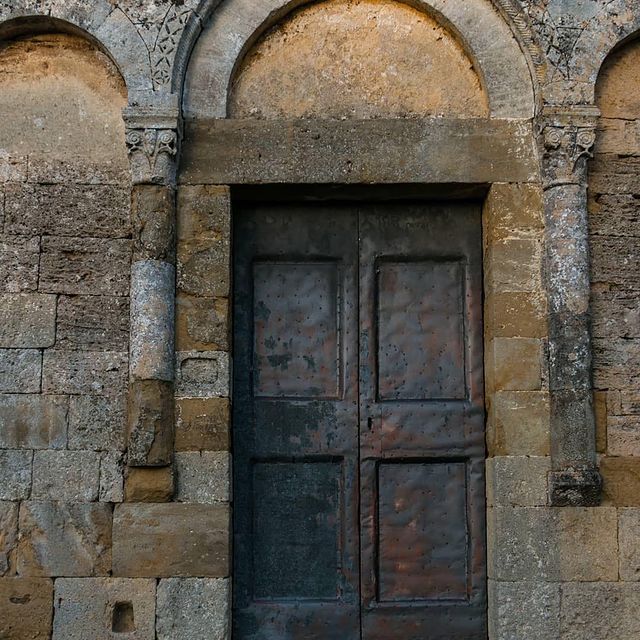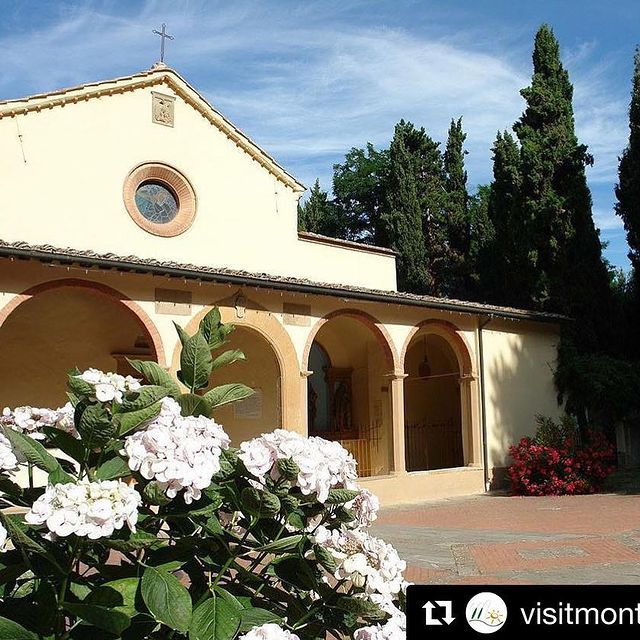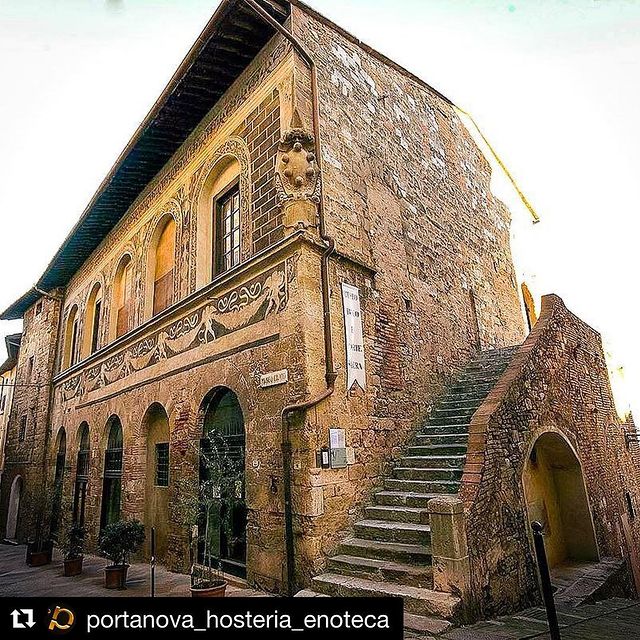Story
Castelfiorentino
Castelfiorentino is an Italian Comune (Municipality), in the Province of Florence in the Region Tuscany, it is part of Valley of Elsa river. Halfway between Florence 30 Km. (20 miles), and Pisa 40 Km. (25 miles). Main sights: Sanctuary of Santa Verdiana, Patron Saint, (18 century) - Collegial church of Sts. Lawrence and Leonard (13-14 centuries), it houses a crucifix by Giovanni Pisano (14 century), Romanesque-Gothic church of St.Francis (13 century), with a “Madonna with Child” by Taddeo Gaddi, and other works by Cenni di Francesco, Giovanni del Biondo and other 15 century Florentine schools paintings - Pieve (pleban church), of Santi Ippolito e Biagio, with a 14 century crucifix and two 15 century Fescoes; Oratory of Santi Lorenzo e Barbara.
Source: Wikipedia
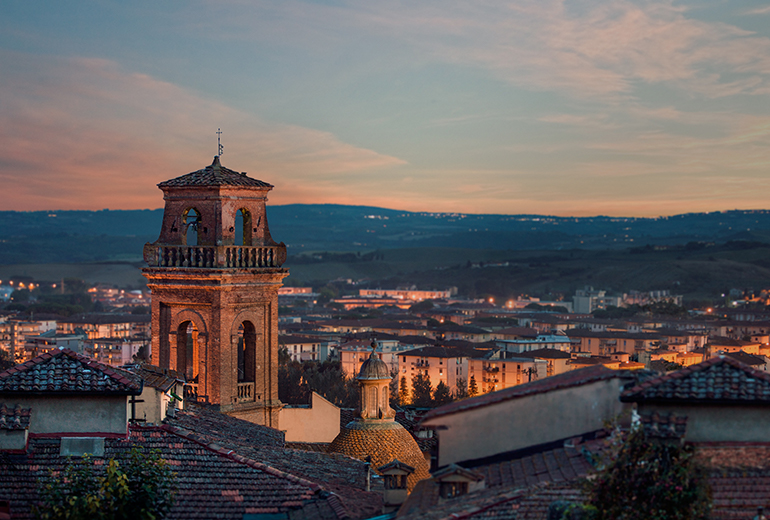
© Riot Design
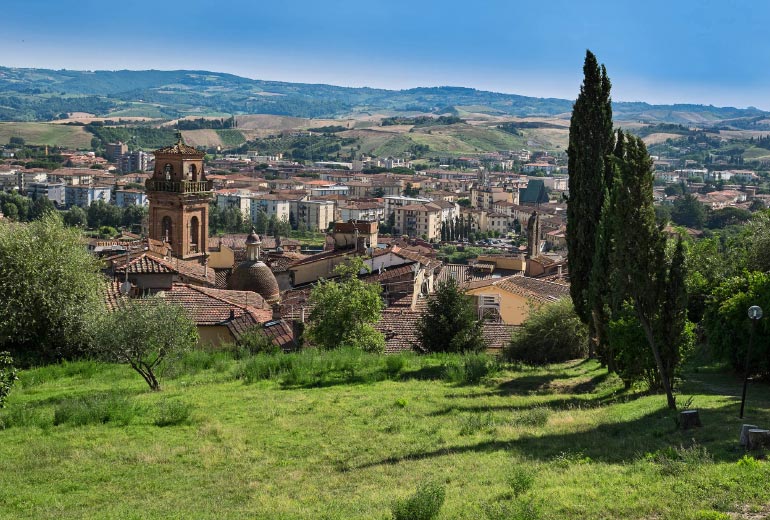
© Bruno Bruchi
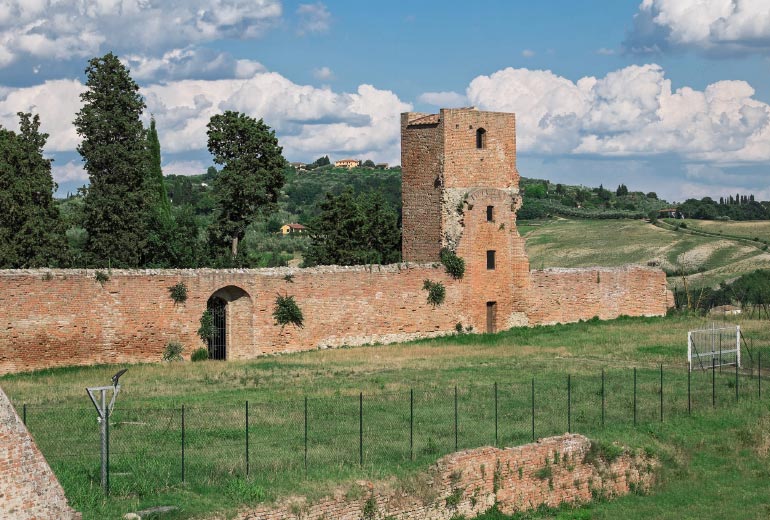
© Bruno Bruchi
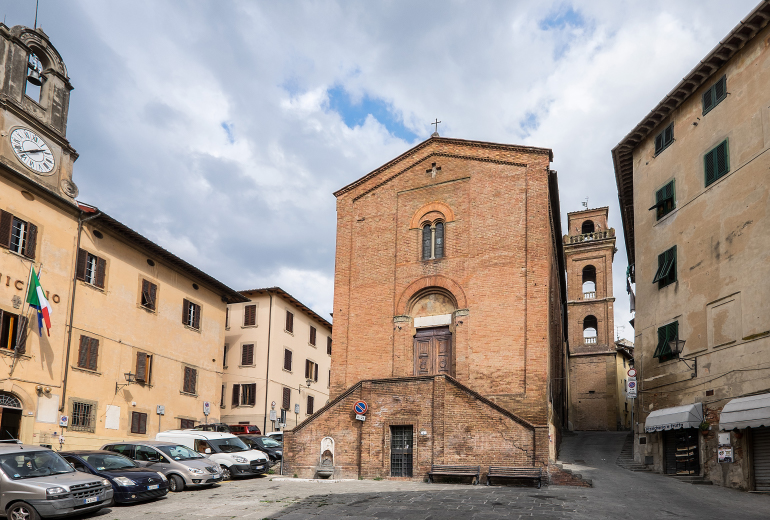
© Banca Credito Cooperativo Cambiano
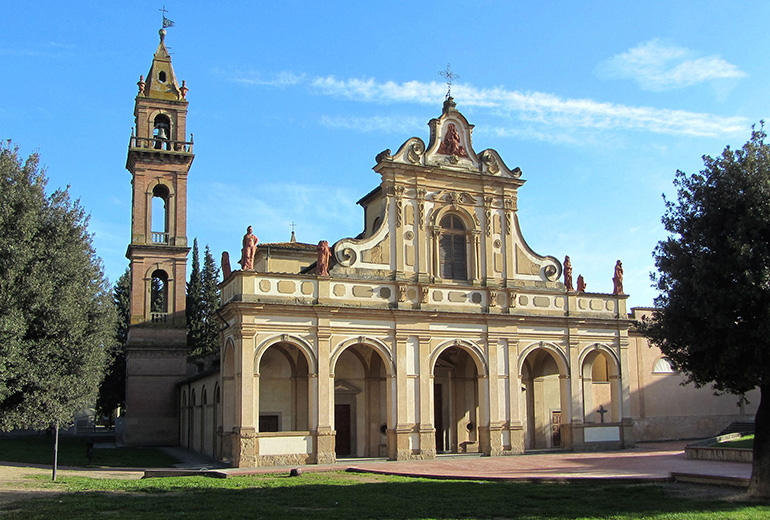
© Bruno Bruchi
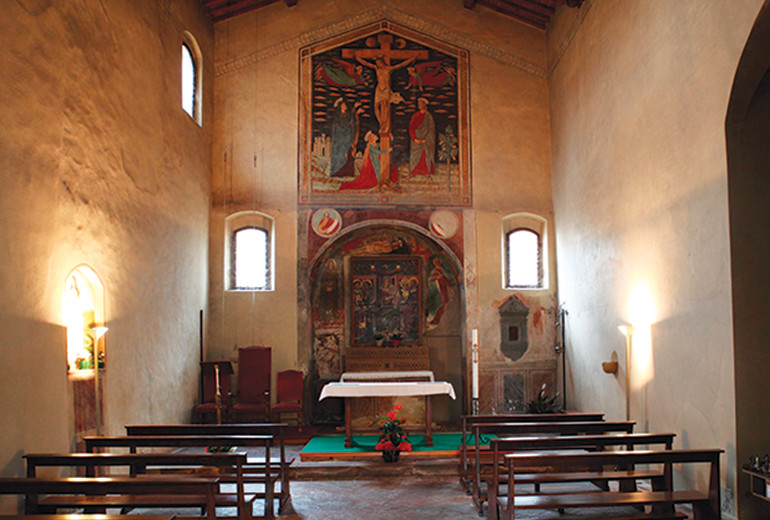
© Gruppo Storico Castelvecchio
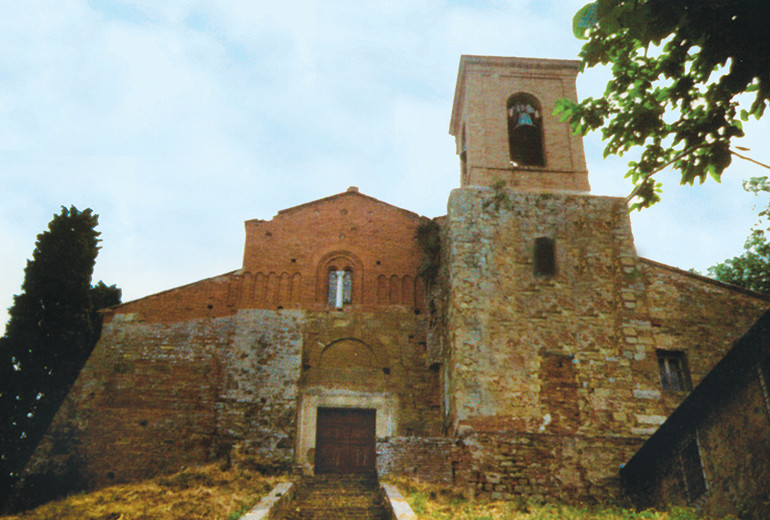
© Gruppo Storico Castelvecchio
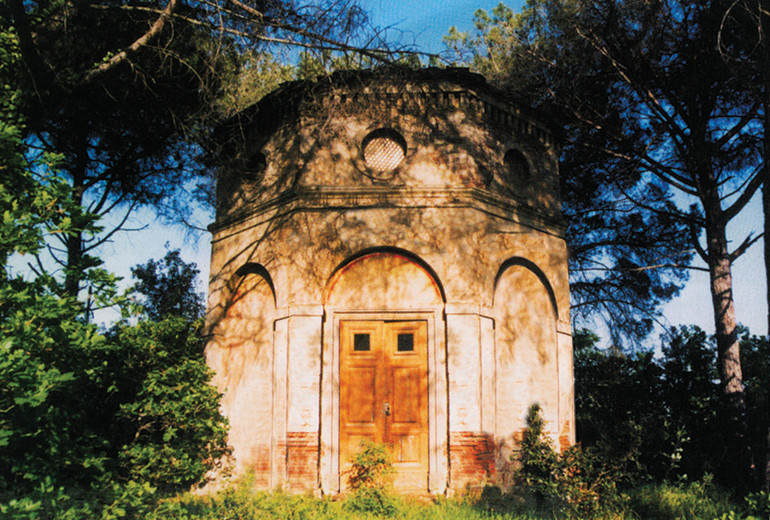
© Gruppo Storico Castelvecchio
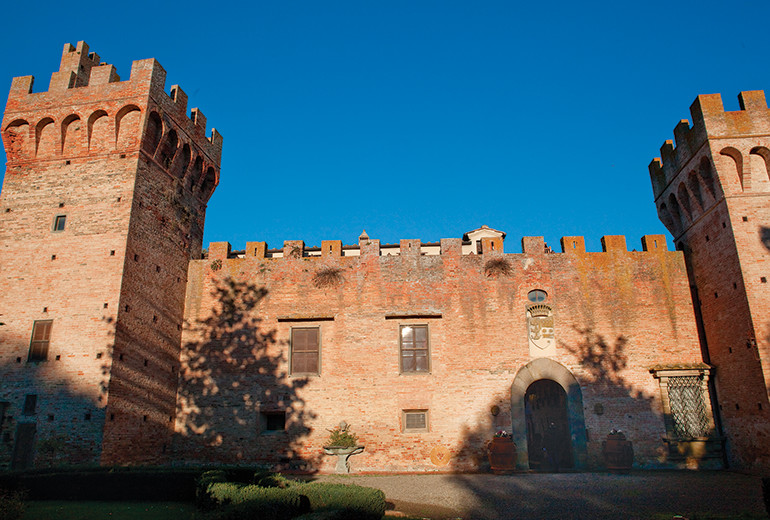
© Franco Senesi
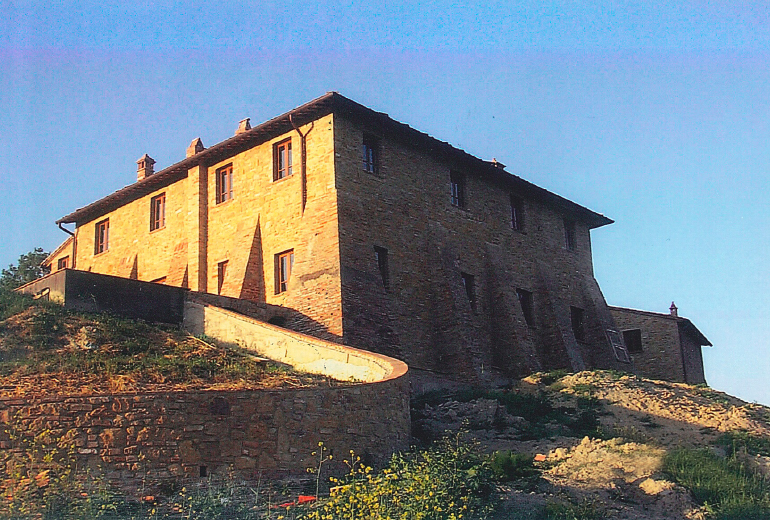
© Gruppo Storico Castelvecchio
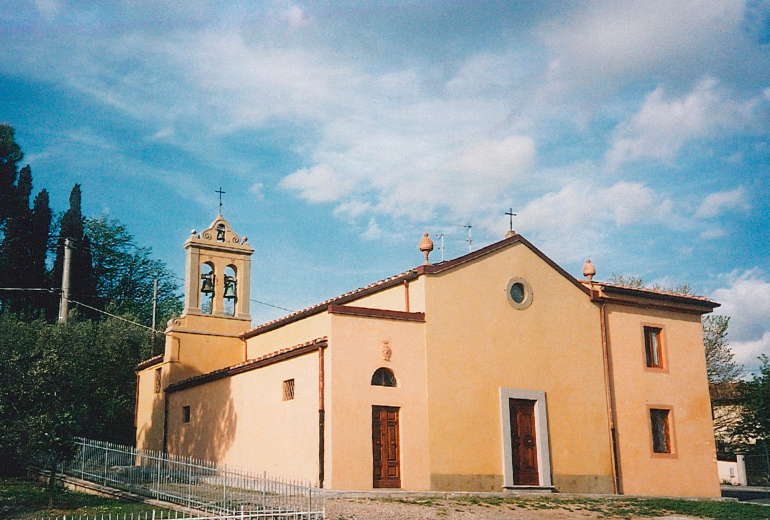
© Gruppo Storico Castelvecchio
Survey
Historic artistic sites
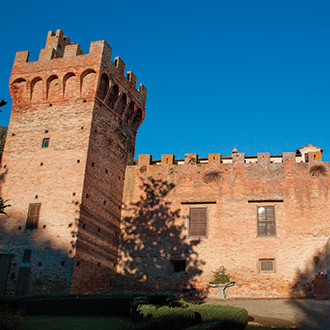
Castello di Oliveto Show position
LOCATION: in an isolated but dominant position, on a deviation on the left of the road which goes from Castelfiorentino to Certaldo.
HISTORIC SIGNIFICANCE: a tract of land called Oliveto was acquired by a Florentine nobleman Puccio Pucci, who, in 1424 constructed a large castle with turrets and battlements for use as a summer residence.
For many years the castle became the meeting place for the famous and was periodically well maintained and is still in excellent condition.
DESCRIPTION: the imposing aspect of the castle is accentuated by its turrets with Guelph crenellations which are typical of military architecture of the fourteen hundreds, but in this case the building was, and still is, used exclusively as a dwelling.
Internally there are a large number of tastefully furnished salons with the refinement which is immutable and timeless.
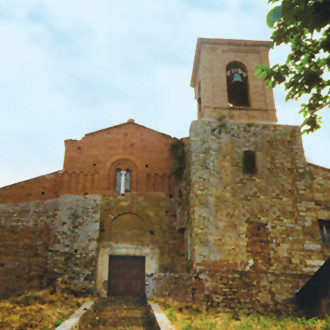
SS. Pietro e Paolo a Coiano Show position
LOCATION: in a prominent position on a deviation, on the right, on the road which links Castelfiorentino to Ponte a Egola, passing through Casastrada.
HISTORIC SIGNIFICANCE: the first mention of this church is in 990 and is recorded in the diary of Sigeric, Archbishop of Canterbury, when passing along the “hilltop” Francigena.
In the XI century this church was altered and later became the property of the Machiavelli family of Florence. In the 1800’s, reduced to ruins, it was restored.
DESCRIPTION: the church, located at the top of a stairway, has a basilica structure with three naves, two side isles with six columns and one apse.
The large doors on the facade with arched architrave above, is superimposed by a series of blind arches and a beautiful lancet window, in the Pisan style. On the right is an imposing bell tower.
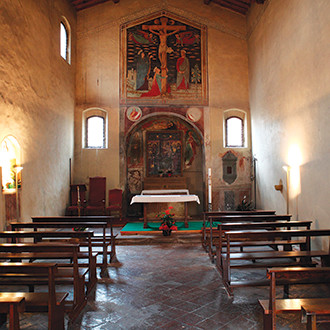
Castelnuovo d'Elsa Show position
LOCATION: in an elevated position in the built-up area of Castelnuovo d’Elsa, once a medieval castle, which can be reached by proceeding along a deviation to the left coming from the road that goes from Castelfiorentino to San Miniato passing through Dogana.
HISTORIC SIGNIFICANCE: the church dates back to the thirteen hundreds when Castelnuovo d’Elsa enjoyed a period of economic and social development. In the following century the hospital was built adjacent to the church whose interior was embellished with paintings.
From that date on no further works of art or specific maintenance was carried out and the building remains unchanged.
DESCRIPTION: a brick building with the fa,ade consisting for the greater part by a large door and architrave over which is a pointed arch and rose window. Internally there is a single nave in which the previously mentioned works of art attributed to the Florentine school, can be seen.
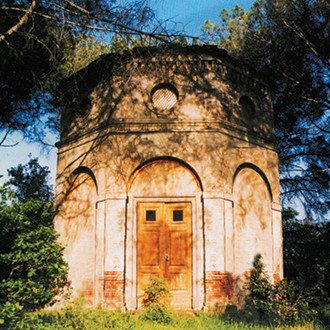
Sant'Ippolito a Meleto Show position
LOCATION: in an isolated and partially hidden by tall trees, at a short distance on a local link road which passes near the Villa di Meleto.
HISTORIC SIGNIFICANCE: white examining the chapel, one realises that it reminds one of a person or event which took piace in the second half of the seven hundreds, a time when the Ridolfi noble family were the owners of the Villa di Meleto, and managed the adjacent farming estate.
The reasons why it was abandoned are unknown, and as a result it is in a state of decay.
DESCRIPTION: the building is octagonal in plan and refers to the eighth day, the culmination of the Passion of Jesus and the Resurrection.
Its roof was tent shaped in design, but has now collapsed. The structure includes a series of columns which support an architrave which in turn supports the roof which is broken by a circular window on each side.
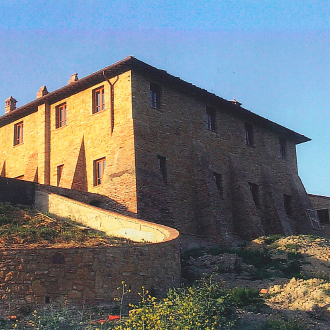
Il Castellare Show position
LOCATION: in an isolated and dominant position which can be reached on foot by proceeding along a track – deviation on the right of the road which goes from Castelfiorentino to Ponte a Egola and San Miniato passing through Casastrada.
HISTORIC SIGNIFICANCE: located on what was once the “hilltop” Via Francigena, Il Castellare, built as a fort or lookout tower, probably dates back to X century. Its deterioration and modification as a building for agricultural use coincides with the non use of the Via Francigena as a highway.
DESCRIPTION: following a recent restoration and transformation into a dwelling, Il Castellare looks like a large country villa. Almost all traces of the past have disappeared except the squared of Medieval origin, which have not been covered with plaster.
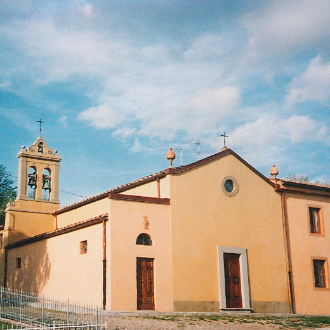
San Piero a Pisangoli Show position
LOCATION: on the periphery of the municipal area, at the beginning of the road which goes from Castelfiorentino to Ortimino and Montespertoli, passing through San Piero Vecchio.
HISTORIC SIGNIFICANCE: the place known as Pisango or Pisangoli, was known at the end of the X century as well as the renowned castle of Pisangoli, to which was annexed the church known as San Piero Vecchio.
This church enjoyed a long life, but reduced to a state of ruin, was finally demolished at the end of the seventeenth century. Recently it was rebuilt where it can be seen‐today.
DESCRIPTION: the building appears modern as it was recently restored and the external walls plastered. The entrance set in the facade has a rose window above. Worthy of note are two containers in terracotta placed at the top of two supports which project above the roof, which also includes a bell gable. At the rear there are two decorative terracotta objects.
Photogallery
#instavaldelsa
We want people to get to know the Valdelsa through your point of view. Show us how you see our countryside with your smartphone, posting pictures on your Instagram profile using the hashtag #instavaldelsa. The most beautiful pictures will be picked and posted on the official account @valdelsaintoscana. Share your Valdelsa Experience!
